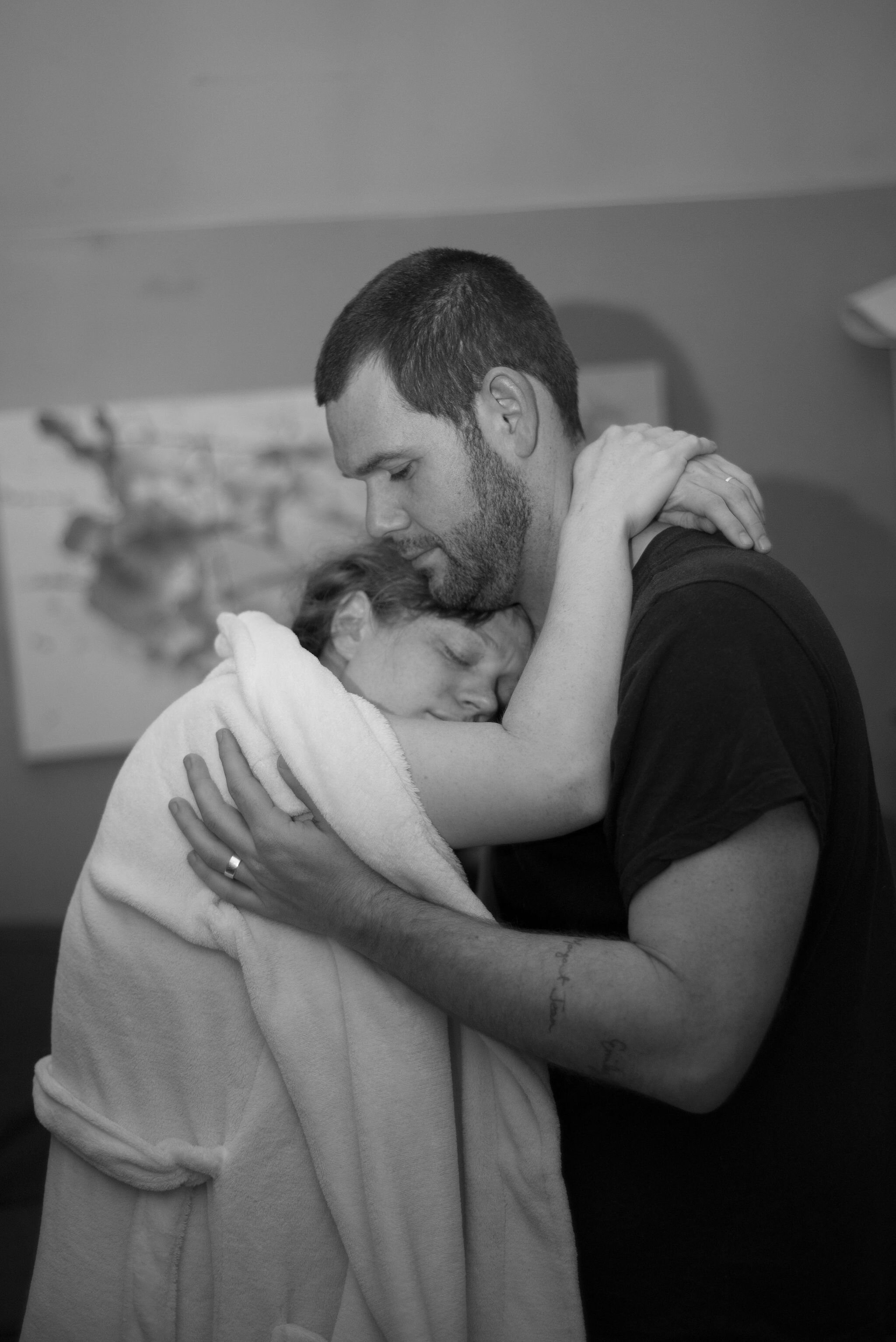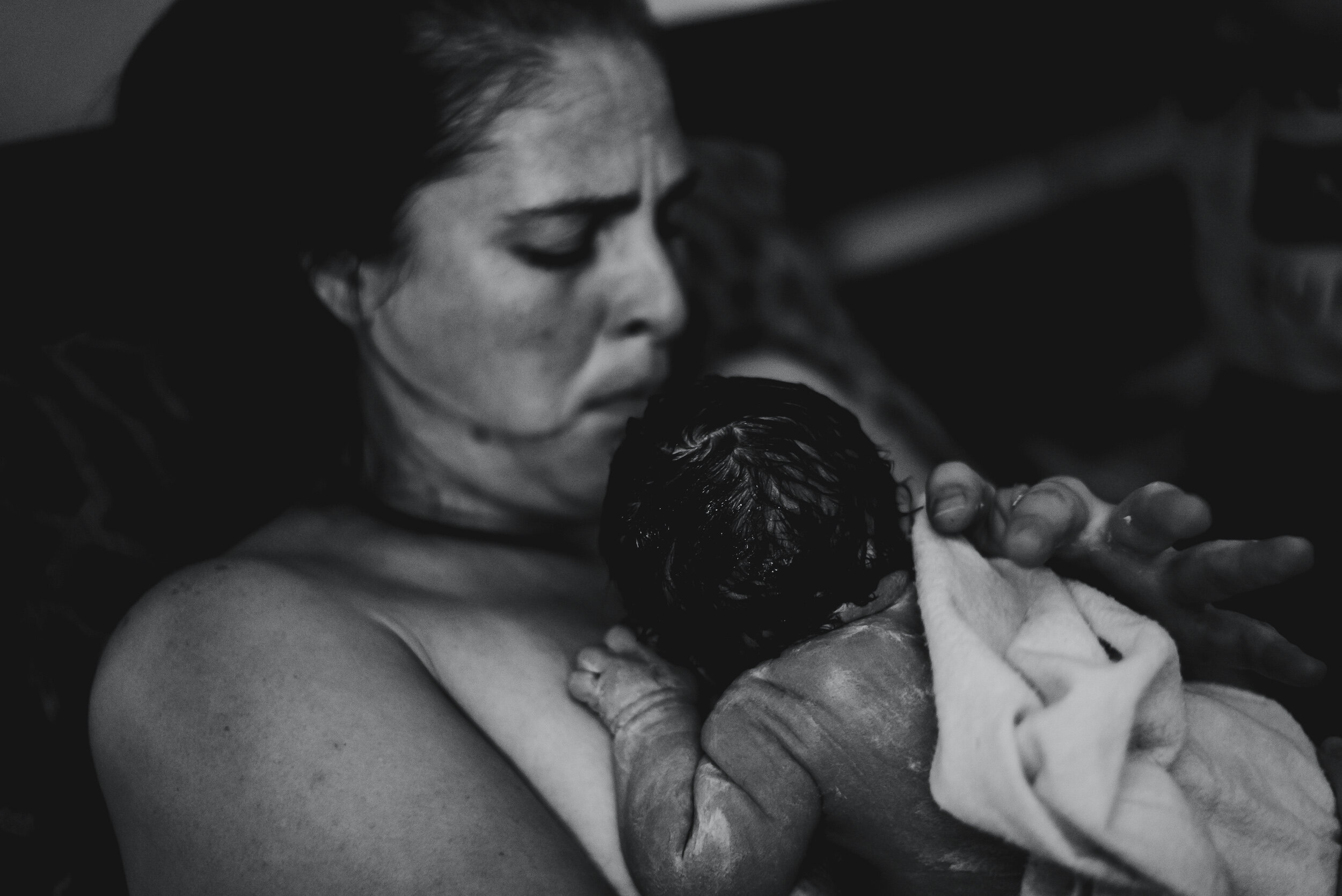The Blog
It helps to know what NICU is like, just in case you spend time there
Did you know 1 in 7 babies will access care in NICU when they are born and 60% of those are born at full term?
So why don't we ever talk about what it's like to have a baby in the NICU?
5 Biggest Home Birth Myths
Many families using our Hypnobirthing course go on to plan a homebirth.. but occasionally people are discouraged or warned against the ideas using some pretty spectacular myths! These are probably the top 5 most common (but not the only) bits of utter nonsense I've heard about homebirth over the years- has anyone told them to you?
Vaginal Seeding: What is it and how do you do it?
Vaginal seeding
What is it and how do you do it?
Vaginal Examinations are NOT a requirement of birth
During the COVID-19 Pandemic, many women are being told they are ‘required to have’ a vaginal examination before their partner can be with them- it simply isn’t true.
Media Portrayal of Childbirth.. And why it’s so wrong.
So, I was unfortunate enough to have lost an hour of my lockdown life to watching BBC’s ‘Life and Birth’ on iPlayer today. In summary, in case you don’t reach the end of this, if you are pregnant, know anyone who’s pregnant, ever plan to be pregnant or may have a conversation, at any time in the future, with anyone who either is or may become pregnant… just don’t watch it.
The benefits of skin to skin after birth
What are the benefits of skin to skin after giving birth? Why should you put this in your birth plan?












